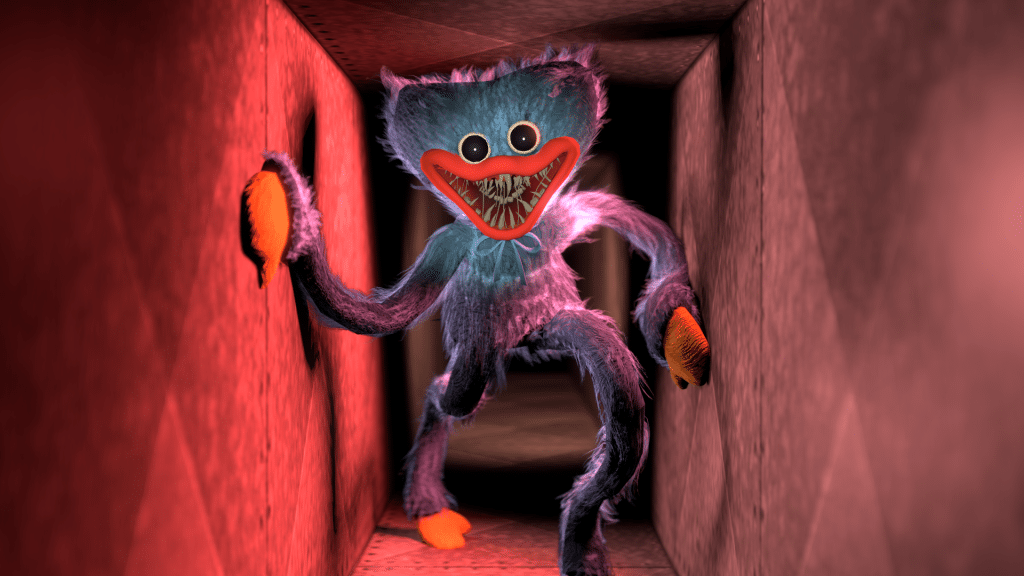In the ever-evolving world of social media, new trends and viral sensations emerge almost daily. One such trend that has recently taken the internet by storm is Huggy Wuggy, a character from the popular video game Poppy Playtime. This trend has become particularly popular on the social media platform TikTok, where users have been creating and sharing videos featuring the character.
However, the viral nature of Huggy Wuggy has raised concerns among schools and parents, leading to a broader discussion about children’s exposure to potentially disturbing content online. This article aims to delve deeper into the phenomenon of Huggy Wuggy, exploring its origins, its rise to popularity, and the concerns it has sparked among educators and parents.
What is Huggy Wuggy?
Huggy Wuggy is a character from the video game Poppy Playtime, developed by the independent game studio Moon Moose. Poppy Playtime is a first-person horror puzzle game that has gained a significant following since its release. The game’s premise revolves around an abandoned toy factory and its eerie secrets, with Huggy Wuggy serving as one of the game’s main antagonists.
It is a large, huggable plush toy that, despite its seemingly innocent appearance, is designed to be both cute and creepy. The character is characterized by its wide, unnerving smile and glowing eyes, which add to its eerie charm. The game’s developers have masterfully blended elements of horror and cuteness to create a character that is both endearing and unsettling, contributing to its widespread appeal.
The Popularity of Huggy Wuggy

The popularity of Huggy Wuggy can largely be attributed to its appearance in TikTok videos. TikTok, a social media platform known for its short-form videos, has become a breeding ground for viral trends and challenges. The platform’s algorithm, which promotes content based on user engagement, has played a significant role in the spread of the Huggy Wuggy trend.
Users on TikTok have been creating videos featuring Huggy Wuggy, often showcasing the character’s creepy nature in various creative ways. These videos have gained millions of views and have been widely shared across other social media platforms, further amplifying the character’s popularity. The trend has also been fueled by the game’s immersive gameplay and intriguing storyline, which have captivated the interest of gamers and non-gamers alike.
Concerns for Schools and Parents
While the viral nature of Huggy Wuggy has brought joy and entertainment to many, it has also raised concerns among schools and parents. One of the main concerns is the potential impact on children’s mental health.
The character’s creepy appearance and the horror elements of the game can be distressing for young children. Schools have reported instances of children having nightmares or feeling anxious after being exposed to Huggy Wuggy content. This has led to discussions about the appropriateness of such content for children and the need for better content moderation on social media platforms.
Another concern is the inappropriate content associated with Huggy Wuggy. Unfortunately, some users on the internet have created explicit and adult-oriented content featuring Huggy Wuggy, often referred to as “Huggy Wuggy R34.” This content is highly inappropriate for children and has caused alarm among parents and educators. It highlights the darker side of the internet, where innocent characters and trends can be twisted into something inappropriate and harmful.
Addressing the Concerns

To address the concerns raised by Huggy Wuggy, schools and parents can take several proactive steps. Firstly, it is essential to have open and honest conversations with children about their online activities.
Parents and educators should not shy away from discussing the potential dangers of inappropriate content and the importance of online safety. This can help children understand the potential risks associated with their online activities and empower them to make safer choices.
Parents should also consider implementing parental controls and monitoring software on devices used by their children. These tools can help restrict access to inappropriate content and provide parents with insights into their children’s online activities. This can be particularly useful in preventing exposure to harmful content and ensuring a safer online environment for children.
Schools can play a vital role in addressing these concerns by incorporating digital literacy and online safety education into their curriculum. Teaching children about responsible internet use, the potential risks associated with viral trends, and the importance of privacy and security can empower them to make informed decisions online. Schools can also provide resources and support for parents, helping them navigate the challenges of parenting in the digital age.
Conclusion
Huggy Wuggy, the viral sensation associated with the video game Poppy Playtime, has captured the attention of millions on TikTok. While the character’s creepy appearance and the horror elements of the game have made it popular, it has also raised concerns among schools and parents.
The potential impact on children’s mental health and the presence of inappropriate content are the main concerns. However, by having open conversations, implementing parental controls, and incorporating online safety education, schools and parents can address these concerns and ensure the well-being of children in the digital age. The Huggy Wuggy phenomenon serves as a reminder of the need for ongoing vigilance and proactive measures to protect children in the ever-evolving digital landscape.
